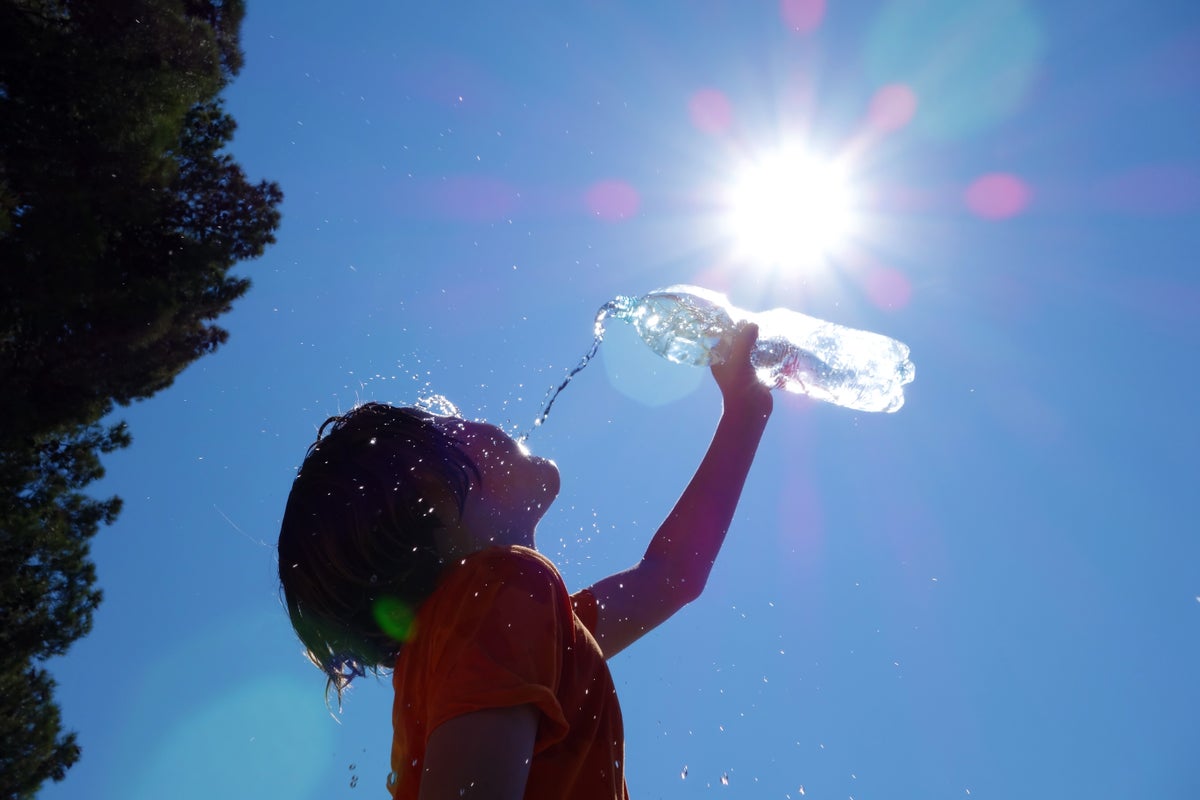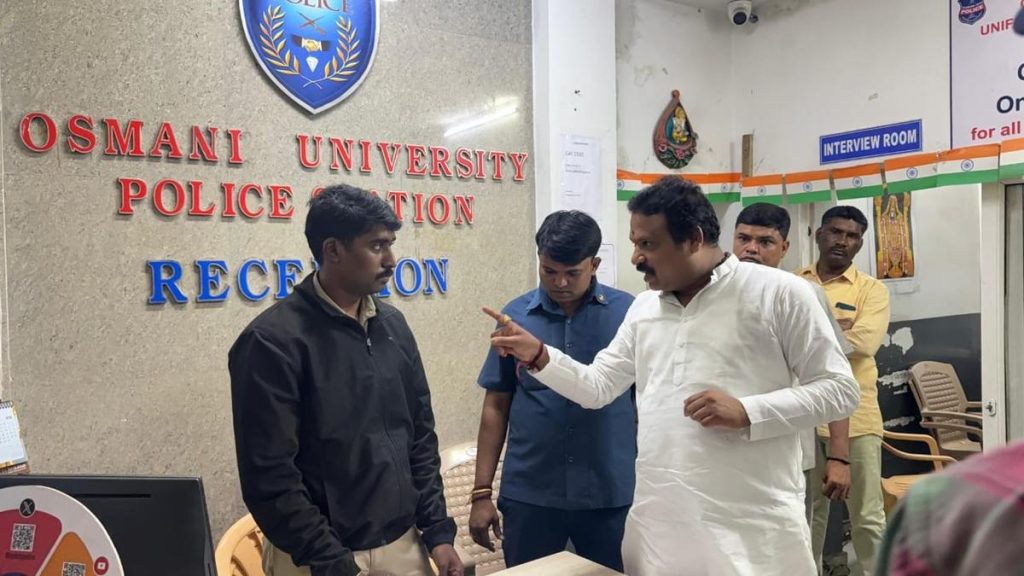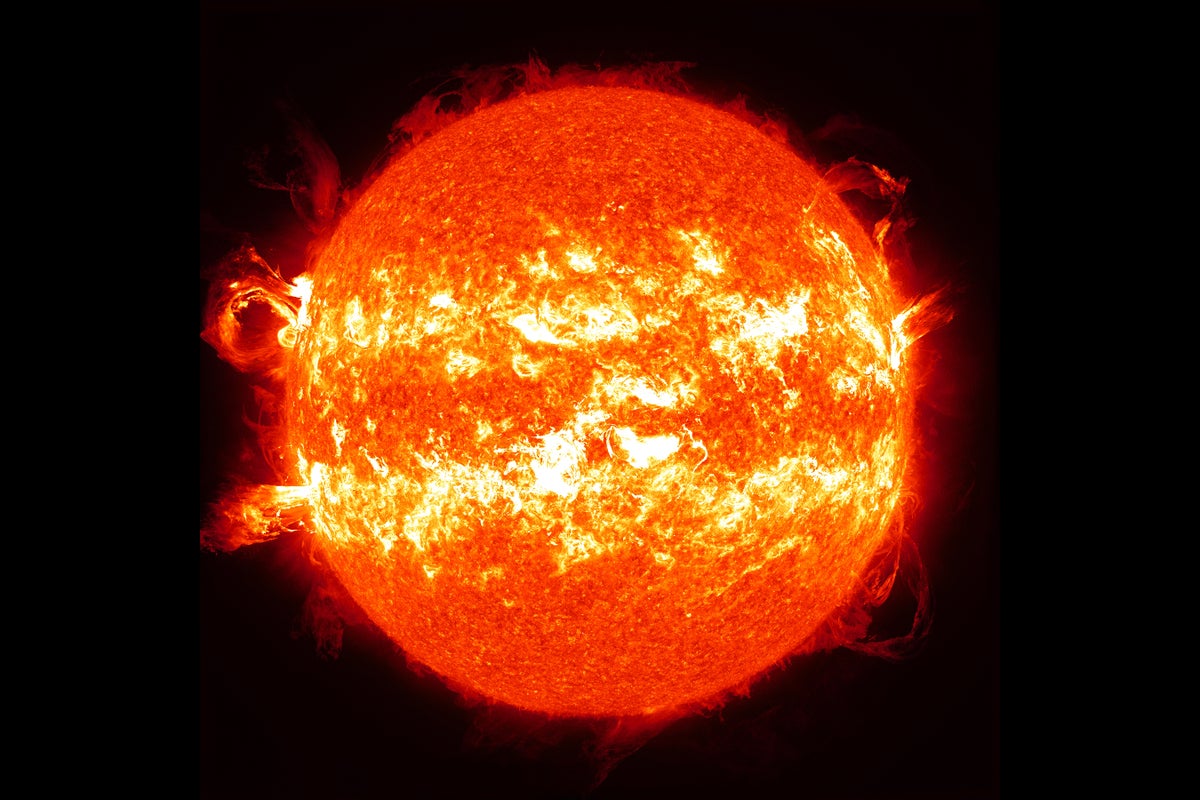Now Reading: Extreme Heat Awaits Today’s Children Due to Climate Change
-
01
Extreme Heat Awaits Today’s Children Due to Climate Change
Extreme Heat Awaits Today’s Children Due to Climate Change

Rapid Summary
- A study published in Nature highlights that children born in 2020 are likely to face unprecedented heatwaves during their lifetime due to climate change.
- Approximately 50% of children born in 2020 will experience extreme heatwaves under optimistic projections, increasing to 92% under pessimistic scenarios.
- This contrasts starkly with individuals born in 1960, only 16% of whom faced similar exposure regardless of future climate conditions.
- The research underscores intergenerational and socioeconomic inequalities, with vulnerable populations disproportionately affected by climate extremes.
- Climate models were used to calculate exposure thresholds for different generations across scenarios ranging from a global warming limit of 1.5°C to a more concerning scenario of up to 3.5°C above pre-industrial levels by the year 2100.
- Experts advocate moving away from fossil fuels swiftly and preparing communities through adaptive measures such as planting trees for shade and creating cooling spaces.
!graphicd_TEXT.png?m=1746817144.692&w=900″>Lifetime exposure comparison graph
Indian Opinion Analysis
India faces unique vulnerabilities within this global context given its dense population, widespread socio-economic disparity, and already rising temperatures that periodically lead to severe heatwaves affecting millions nationwide. These findings emphasize potential intergenerational inequities where younger Indians may bear much greater risks compared not only globally but also relative to past generations within India itself.
Actionable implications for India include accelerating the shift away from fossil fuels-a challenging yet critical task-and implementing adaptive community measures such as rethinking urban design (more green cover) and bolstering infrastructure like climate-resilient housing or accessible public cooling centers for marginalized regions especially prone to extreme conditions.
The data underscores the importance for policymakers at all levels-local governments included-to integrate these urgent findings into lasting advancement strategies tied closely with India’s enterprising renewable energy goals while considering long-term environmental justice across demographics.























